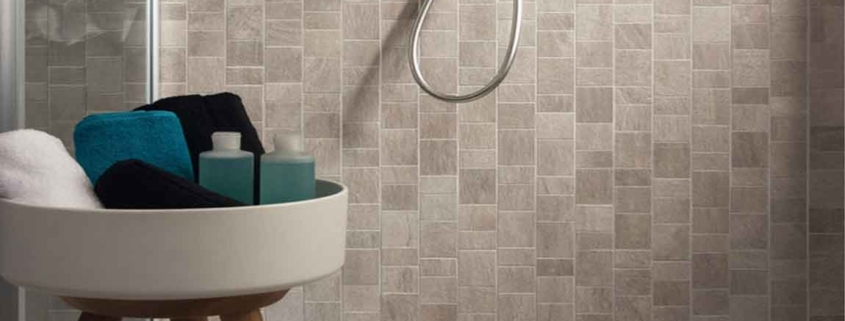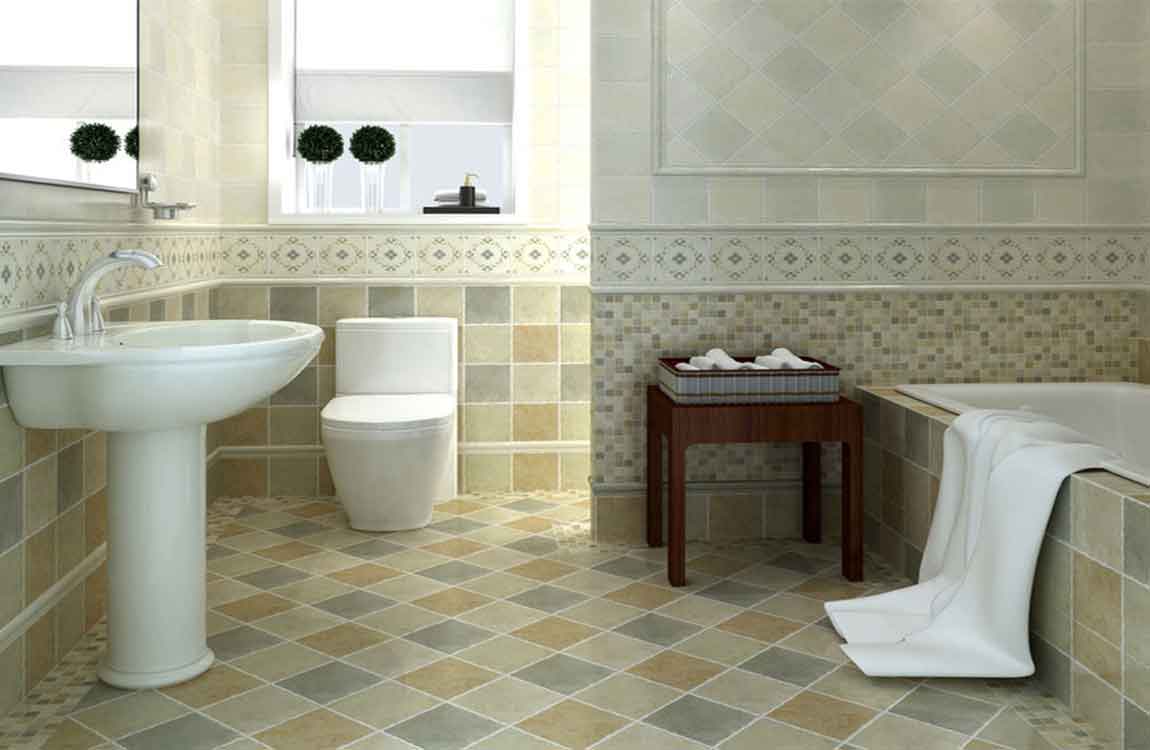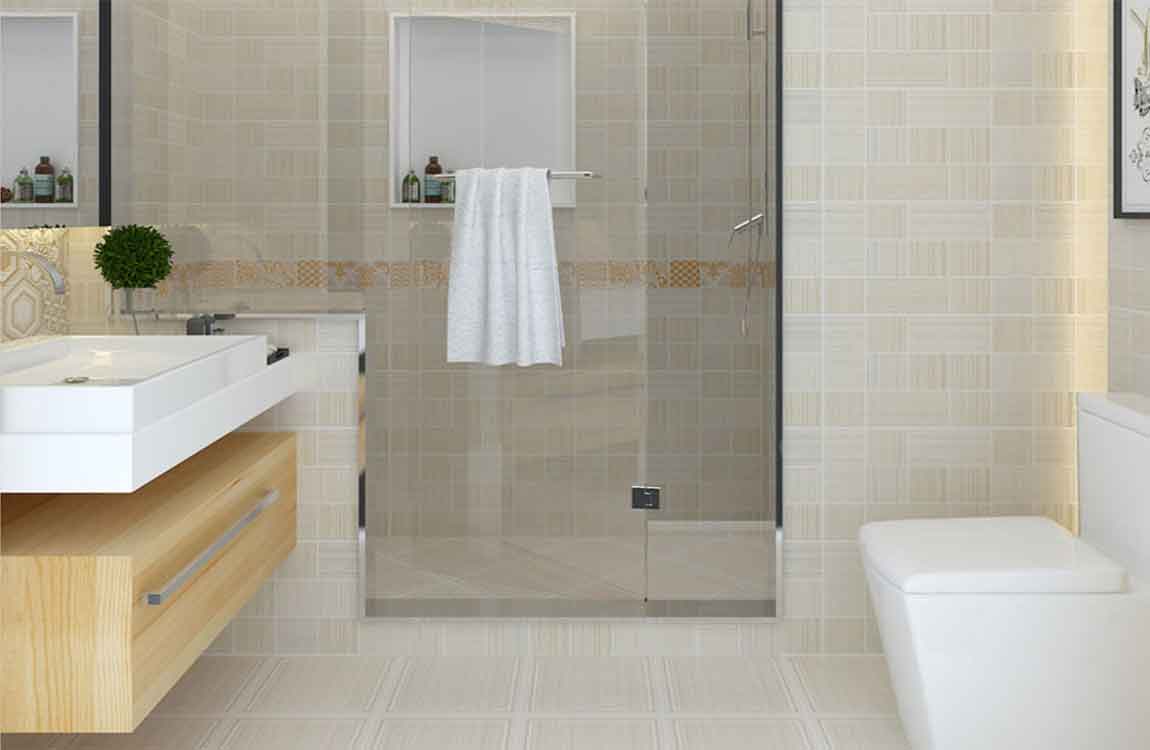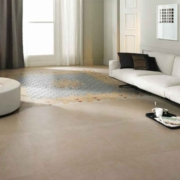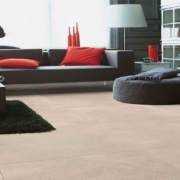How Wiping Your Walls Clean?
Fill a second bucket with clean water. Again, only fill it halfway so the water doesn’t slosh over the sides as you carry it. Use this for rinsing. Depending on how strong your solution is, and/or how much surface you have to wash, refresh the bucket with clean water periodically, as needed. Additionally, you should use a second sponge for rinsing. As with the rinsing water, replace as needed if it becomes too foul as you move along.
Soak and wring your cleaning sponge. Again, only use a soft, light-colored sponge for this to avoid causing permanent streak marks. Soak it in your solution. Then squeeze it dry over your bucket until no more water drips from it.
Work from the top down. First, break your wall up into columns in your head, each about a foot or two (30 to 60 cm) wide. Start cleaning each column where the wall meets the ceiling, and go down from there before proceeding to the next one over. This way you’re more likely to catch any accidental drips of water that may run downward.
Wipe in soft circles. Remember: if your walls are painted, vigorous scrubbing can damage the coat. Use as little pressure as needed. Wipe in a circle, reversing directions occasionally, to further reduce the risk of damage.
Work on one small section at a time. Ideally, you will be using as little liquid as possible to avoid water stains and marks. Still, if left to air-dry, the liquid you did use may cause permanent eyesores, so don’t try to clean the whole column at once. Instead, only wash a couple square feet (60 cm) at a time. If you’re working on a ladder, you may want to work on even smaller sections since you may be going up and down in between the washing, rinsing, and drying.

